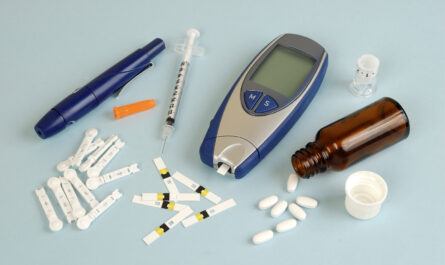
The global Hemophilia Treatment Market is estimated to be valued at US$ 15,197.8 Mn in 2023 and is expected to exhibit a CAGR of 6.3% over the forecast period 2023 to 2030, as highlighted in a new report published by Coherent Market Insights.
Market Overview:
Hemophilia is a genetic bleeding disorder that impairs the body’s ability to control blood clotting or coagulation. There are two major types of hemophilia – hemophilia A and hemophilia B. Hemophilia A is caused due to a deficiency in clotting factor VIII, while hemophilia B is caused due to deficiency in clotting factor IX. Treatment of hemophilia involves replacement therapy using recombinant and plasma-derived clotting factor concentrates. Advancements in treatment options such as extended half-life factors, gene therapy, and new plasma-derived products are driving the market growth.
Market key trends:
One of the key trends in the hemophilia treatment market is the rise in research and development of gene therapy. Gene therapy aims to treat hemophilia by introducing a normal gene or genetically engineered virus into the patient’s blood cells or skin to compensate for the missing or faulty factor gene. Several pharmaceutical companies are conducting clinical trials for gene therapy to treat hemophilia A and B. For instance, BioMarin Pharmaceuticals’ valoctocogene roxaparvovec has received priority review from the U.S. FDA for severe hemophilia A. Another trend is the increasing adoption of extended half-life factor concentrates. These are bioengineered therapies that have modified structure for longer duration of action compared to standard half-life products. Their reduced dosing frequency provides more convenience to patients.
Porter’s Analysis
Threat of new entrants: Low barrier to entry since the treatment requires high capital investment, specialized processes, and regulatory approvals.
Bargaining power of buyers: Moderate as different treatment options available. However, high treatment costs give buyers less negotiating power.
Bargaining power of suppliers: High due to specialized manufacturing needs. Suppliers can impact prices.
Threat of new substitutes: Low as no close substitutes exist for hemophilia treatment.
Competitive rivalry: High competition due to increasing generics and biosimilars market. Key players focus on product innovation and market expansion.
Key Takeaways
The global hemophilia treatment market is expected to witness high growth, exhibiting CAGR of 6.3% over the forecast period, due to increasing patient awareness and effective treatment availability. The market size for 2023 is US$ 15,197.8 Mn.
Regional analysis: North America dominates the market accounting for more than 35% share globally due to developed healthcare infrastructure and high acceptance of novel treatment drugs. Asia Pacific exhibits fastest growth over the forecast period due to growing patient base and improving access to therapies.
Key players: Key players operating in the hemophilia treatment market are Takeda Pharmaceutical Co., Ltd., Sanofi S.A., Octapharma AG, Swedish Orphan Biovitrum AB, Baxter International Inc., Biogen Inc., Bayer AG, CSL Behring, Ferring B.V., Pfizer, Inc., Kedrion, Novo Nordisk A/S, and F. Hoffmann-La Roche AG. They focus on new product development and geographical expansion.


